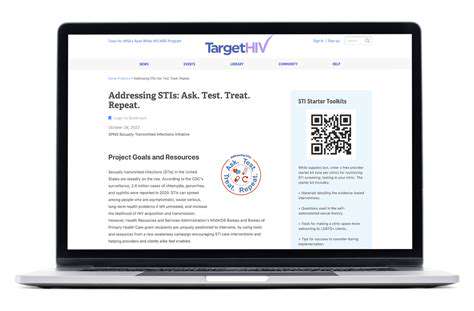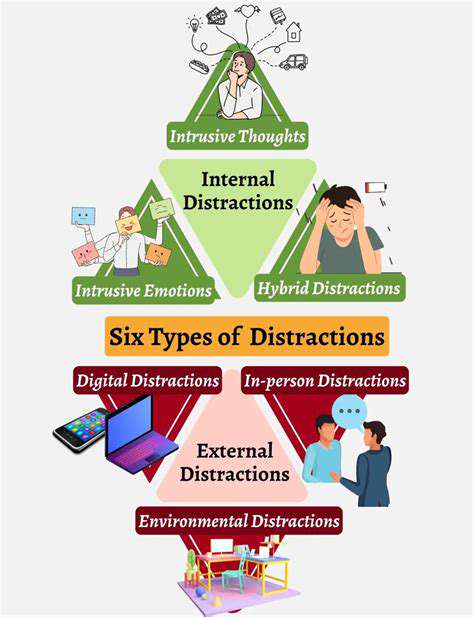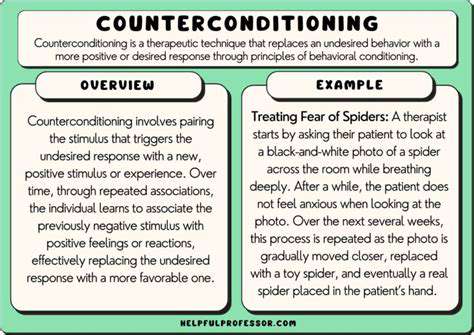Treats Don't Work? Finding High Value Rewards for Your Puppy
Identifying High-Value Rewards for Your Puppy
Understanding the Concept of High-Value Rewards
High-value rewards aren't just any treat; they're potent motivators that tap into your puppy's inherent desires. These rewards are often closely tied to a puppy's natural instincts and preferences, making them incredibly effective for training. Understanding this concept is crucial for maximizing the effectiveness of your training sessions and building a strong bond with your furry friend. This approach differs significantly from simply using any treat, as it leverages your puppy's inherent drive.
Identifying Your Puppy's Motivators
Every puppy is unique, and what motivates one may not motivate another. Observing your puppy's natural behaviors can reveal valuable clues about their preferences. Do they seem particularly drawn to chasing squirrels? Are they fascinated by toys or smells? Identifying these natural motivators allows you to tailor your training rewards to what truly excites your puppy, increasing engagement and enthusiasm.
Pay close attention to what your puppy naturally gravitates towards. This might involve sniffing, chasing, or even social interaction. These insights are key to understanding what truly motivates them.
The Role of Sensory Experiences in High-Value Rewards
High-value rewards often incorporate sensory elements that resonate deeply with a puppy's instincts. These could include the taste, texture, or smell of a particular treat. A potent scent, a delectable flavor, or a satisfying chew experience can all contribute to a powerful reward.
Consider the sensory appeal – the taste, texture, or even the sound of the reward. A crunchy treat, for example, might be more engaging than a soft one for a puppy with a strong interest in textures.
Beyond Treats: Exploring Other High-Value Rewards
While treats are a common choice, high-value rewards can encompass more than just food. A favorite toy, a quick game of fetch, or even a short period of play can serve as highly effective rewards. Understanding that your puppy values play or interaction can significantly enhance the effectiveness of your training strategies. Remember, the reward is about satisfying your puppy's natural desires.
Matching Rewards to Specific Behaviors
The effectiveness of high-value rewards hinges on their relevance to the specific behavior you're trying to reinforce. A puppy eager to fetch might be motivated by a favorite toy, while a puppy focused on staying in place might respond well to a short burst of play. Matching the reward to the behavior ensures that your puppy understands the connection between the action and the desired outcome.
The Importance of Timing and Consistency
Timing is critical when presenting high-value rewards. Deliver the reward immediately following the desired behavior to establish a clear association in your puppy's mind. Consistency is equally important. Rewarding the same behavior in the same way each time reinforces the connection and strengthens the desired response. Inconsistency can confuse your puppy and diminish the effectiveness of your training.
Avoiding Overuse and Satiation
While high-value rewards are effective, overusing them can diminish their impact. The key is to employ them strategically and avoid excessive use. Using them sparingly will help maintain their value and keep your puppy engaged. Also, consider the potential for satiation, ensuring that the reward is still desirable after repeated use.
The Gradual Transition: Weaning Off Treats

Understanding the Concept of Weaning Off
Weaning, a process of gradually reducing dependence on something, is crucial in various aspects of life, from substance addiction to early childhood development. This gradual approach avoids abrupt cessation, which can lead to significant discomfort, withdrawal symptoms, or even relapse. It's important to recognize the underlying reasons for the dependence and tailor the weaning process accordingly for optimal results.
Understanding the concept of weaning allows for a more measured and effective approach, minimizing potential negative consequences and fostering a smoother transition. This process is not about immediate elimination, but about a sustained and strategic reduction.
Identifying the Triggers and Dependencies
Pinpointing the triggers and dependencies associated with the substance or behavior being weaned off is a critical first step. This involves self-reflection, journaling, or seeking professional guidance to identify patterns and associations that contribute to the reliance. Recognizing these triggers allows for proactive strategies to manage cravings and urges during the transition.
Understanding your specific triggers and dependencies is paramount to successful weaning. Identifying these patterns will allow for the development of personalized coping mechanisms.
Establishing a Gradual Reduction Plan
A well-structured plan for gradual reduction is essential for a smooth transition. This plan should outline specific steps, timelines, and support systems to guide the process. It's important to consult with professionals, especially when dealing with potentially harmful substances or behaviors.
Implementing a gradual reduction plan is vital for minimizing discomfort and maximizing the chance of success. A well-defined timeline allows for monitoring progress and adjusting the strategy as needed.
Managing Withdrawal Symptoms
Withdrawal symptoms can vary depending on the substance or behavior being weaned off, ranging from mild discomfort to severe distress. Understanding these potential symptoms and developing strategies to manage them is crucial for sustained progress and motivation. This may involve medication, therapy, or support groups.
Effective management of withdrawal symptoms is key to a successful weaning process. Recognizing the potential for these symptoms allows for proactive measures to alleviate discomfort and maintain motivation.
Seeking Professional Guidance and Support
Professional support plays a vital role in successful weaning. Therapists, counselors, or support groups can provide guidance, motivation, and coping mechanisms. They can also help in addressing underlying issues that may contribute to the dependence.
Seeking professional guidance and support can make a significant difference in the weaning process. Experts can offer tailored strategies and resources to help navigate the challenges and ensure a positive outcome. This is especially important for complex or potentially harmful situations.
The Importance of Patience and Persistence
The weaning process requires patience and persistence. It's essential to acknowledge that setbacks and challenges are part of the journey. Maintaining a positive attitude, focusing on progress, and celebrating milestones are crucial for staying motivated and committed to the process.
Patience and persistence are essential components of a successful weaning journey. Progress may not always be linear, and setbacks are inevitable. However, maintaining a positive outlook and celebrating small victories will help sustain motivation.
Long-Term Maintenance and Relapse Prevention
Even after successful weaning, it is important to focus on long-term maintenance and relapse prevention strategies. This includes building coping mechanisms, identifying potential triggers, and maintaining a support system. Regular check-ins and ongoing support are vital.
Long-term maintenance and relapse prevention strategies are vital for sustaining the positive outcomes of weaning. Developing and implementing these strategies will ensure that the progress made is not lost, and that the individual is well-equipped to manage potential future challenges.
Read more about Treats Don't Work? Finding High Value Rewards for Your Puppy
Hot Recommendations
- The Impact of Early Socialization on a Dog's Interaction with Other Animals
- Car Travel and Puppy Socialization: Making the Journey a Positive Experience
- The Importance of Early Environmental Exposure for Puppy Development
- Taking Your Puppy to the Vet: Positive Socialization Strategies
- Making Training a Positive Experience for Your Puppy
- Public Transportation and Puppy Socialization: A Step by Step Guide
- Safe Socialization: Allowing Others to Pet Your Puppy
- Helping a Puppy Who Struggles with "Stay"
- Positive Puppy Interactions: Making Meetings with New Friends Fun
- No Treats Needed? Training Basic Commands with Verbal Praise










